The Production Printer Market is currently characterized by a dynamic competitive landscape, driven by technological advancements and evolving customer demands. Key players such as Canon (Japan), Xerox (US), and Ricoh (Japan) are actively shaping the market through strategic initiatives focused on innovation and digital transformation. Canon (Japan) has positioned itself as a leader in high-quality printing solutions, emphasizing sustainability and eco-friendly practices in its product offerings. Meanwhile, Xerox (US) is leveraging its strong brand heritage to enhance its digital services, aiming to integrate AI and automation into its production processes. Ricoh (Japan) is also focusing on expanding its digital printing capabilities, particularly in the commercial sector, which appears to be a significant growth area. Collectively, these strategies indicate a shift towards more integrated and sustainable production solutions, intensifying competition in the market.
In terms of business tactics, companies are increasingly localizing manufacturing to reduce lead times and optimize supply chains. This approach not only enhances operational efficiency but also allows for better responsiveness to regional market demands. The competitive structure of the Production Printer Market is moderately fragmented, with several key players holding substantial market shares. The collective influence of these companies fosters a competitive environment where innovation and customer-centric solutions are paramount.
In August 2025, Canon (Japan) announced the launch of its new line of high-speed production printers designed specifically for the packaging industry. This strategic move is significant as it not only diversifies Canon's product portfolio but also addresses the growing demand for customized packaging solutions. By entering this niche market, Canon aims to capture a larger share of the production printing segment, which is increasingly focused on sustainability and efficiency.
In September 2025, Xerox (US) unveiled its latest AI-driven production printing technology, which enhances workflow automation and reduces operational costs for businesses. This development is crucial as it positions Xerox at the forefront of digital transformation in the printing industry. By integrating AI capabilities, Xerox is likely to improve its service offerings, thereby attracting a broader customer base seeking innovative solutions.
In July 2025, Ricoh (Japan) expanded its partnership with a leading software provider to enhance its digital printing solutions. This collaboration is expected to streamline the integration of software and hardware, providing customers with a more cohesive printing experience. Such strategic alliances are indicative of a broader trend in the industry, where companies are increasingly recognizing the value of partnerships to enhance their technological capabilities and market reach.
As of October 2025, the Production Printer Market is witnessing a pronounced shift towards digitalization, sustainability, and AI integration. These trends are reshaping competitive dynamics, with companies focusing on strategic alliances to bolster their technological prowess. The competitive differentiation is likely to evolve from traditional price-based competition to a more nuanced approach centered on innovation, technology, and supply chain reliability. This transition suggests that companies that prioritize these aspects will be better positioned to thrive in an increasingly competitive landscape.


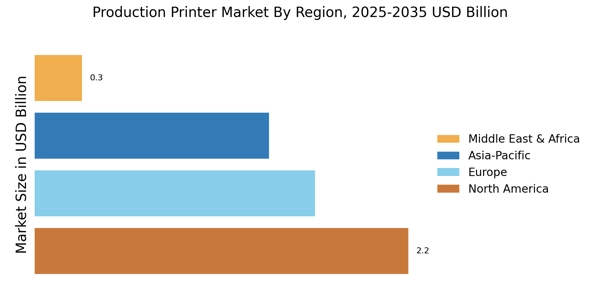
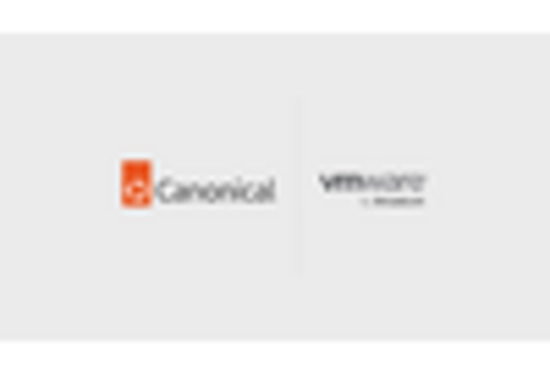


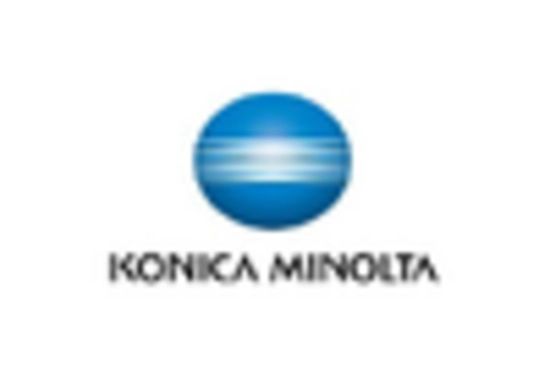
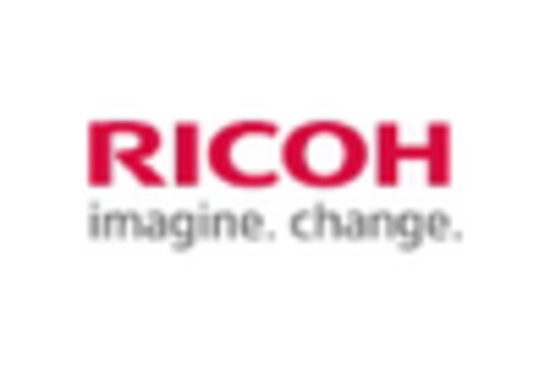
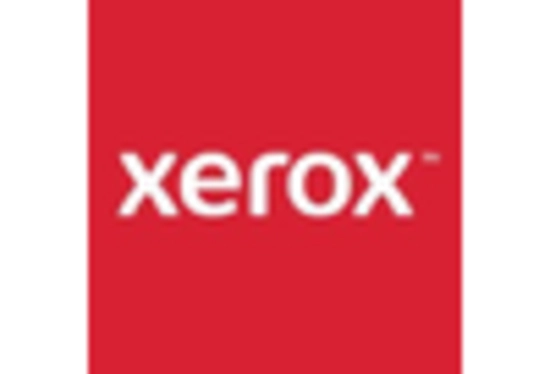








Leave a Comment